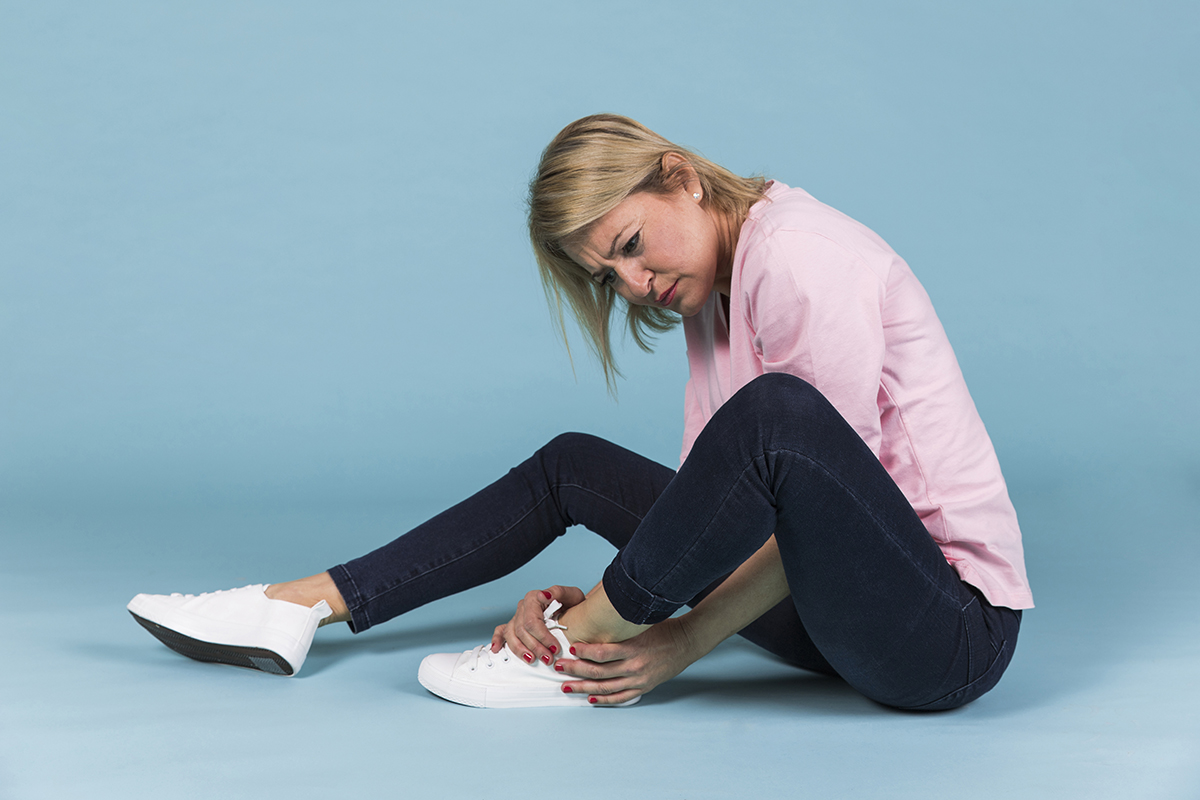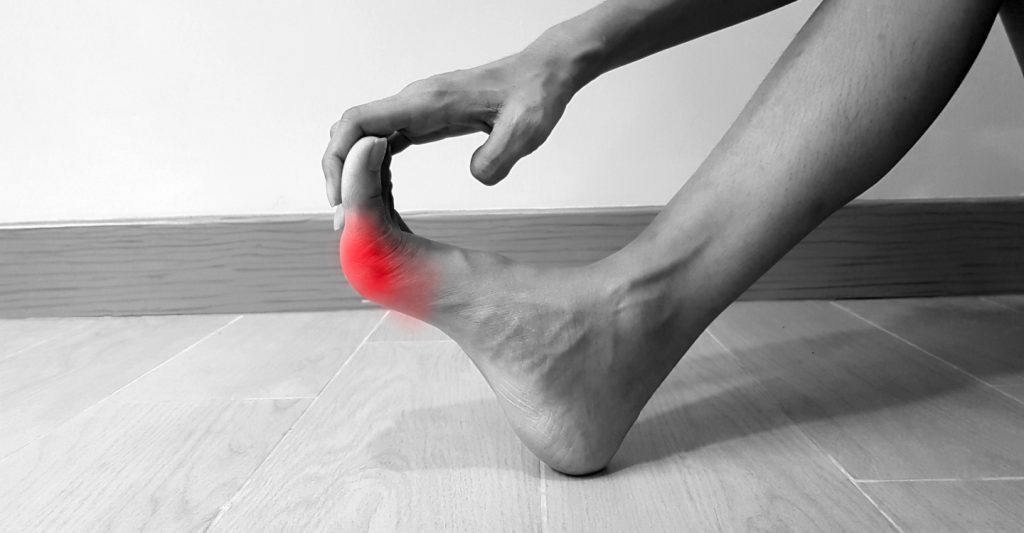Most people have experienced a foot or leg cramps at least once. When muscles involuntarily contract, the experience can be painful. If it’s your first time to endure a serious cramp, the experience can also be distressing
While inconvenient, are often harmless. Here’s what causes cramps, how you can avoid them, and when you should visit your podiatrist.
Exercising Without Warming Up First
People who exercise often are more likely to suffer from cramps. Overexertion and failing to stretch the muscles before physical activity can cause cramping.
If you have experienced a cramp while running, walking, or performing any kind of physical activity, you should adjust your warm-up routine.
Focus on your calves and feet with sustained stretches for at least five minutes before you start an exercise. Avoid exercising immediately after eating, and keep yourself hydrated, especially when exercising in sunlight.
If you continue to suffer from cramps even when warming up before exercises, you can talk to your podiatrist to identify the underlying issue.
Dehydration and Poor Nutrition

Dehydration may increase the likelihood of muscle cramps. When you exercise, you lose salty sweat and replace it with water. This can cause a sodium imbalance in the body. Choose drinks high in electrolytes while you’re exercising. Isotonic sports drinks work well, just be sure to limit them to when you need them, as they can be high in sugar.
If you’re hydrating in normal situations, water is fine with a balanced diet. Most women should aim for around 2.5L of water per day, while men should aim for around 3.5L.
If you aren’t consuming a balanced diet, you may be at a higher risk of developing foot and leg cramps. A lack of calcium, magnesium, and potassium could increase the prevalence of cramps. Make sure you are getting a balanced diet of fresh fruit and vegetables with fiber and low-fat sources of protein.
If you consume a low-salt diet the likelihood of experiencing cramps will increase, as sodium is needed to support normal relaxation and contraction of your muscles. Assuming no underlying medical conditions, you should be consuming between 1,500mg and 2,000mg of sodium daily from all of your dietary sources.
If you believe your diet is adequate but you continue to suffer from cramps, you can call your podiatrist for a complete consultation and diagnosis.
Age and Medical Conditions
Foot and leg cramps are more prevalent in adults, especially when approaching middle age and beyond. Aging, combined with a sedentary lifestyle, can dramatically increase the risk of foot and leg cramps. Some medical conditions may also factor. Thyroid problems, kidney disease, diabetes, and Parkinson’s disease are commonly associated with cramps. If you have an underlying medical condition and experience frequent and severe cramps, talk to your foot and ankle specialaist for treatment options.
When to Call Your Podiatrist for Foot and Leg Cramps
While most are relatively harmless, consistently experiencing cramps in the day or night could indicate a serious problem. Muscle weakness, poor circulation, vein problems, and even muscle atrophy could all increase the severity and frequency of cramps.
If you’ve experienced a particularly severe cramp with lingering pain, or if you continue to suffer from cramps even when making lifestyle changes, it’s time to talk to your foot doctor.
Call the Foot, Ankle & Leg Vein Center to schedule a consultation with one of the best foot doctors in Boca Raton, FL ,and Boynton Beach, FL. We’ll diagnose the underlying problem and develop a treatment plan to get you back to full health and free of any discomfort.



